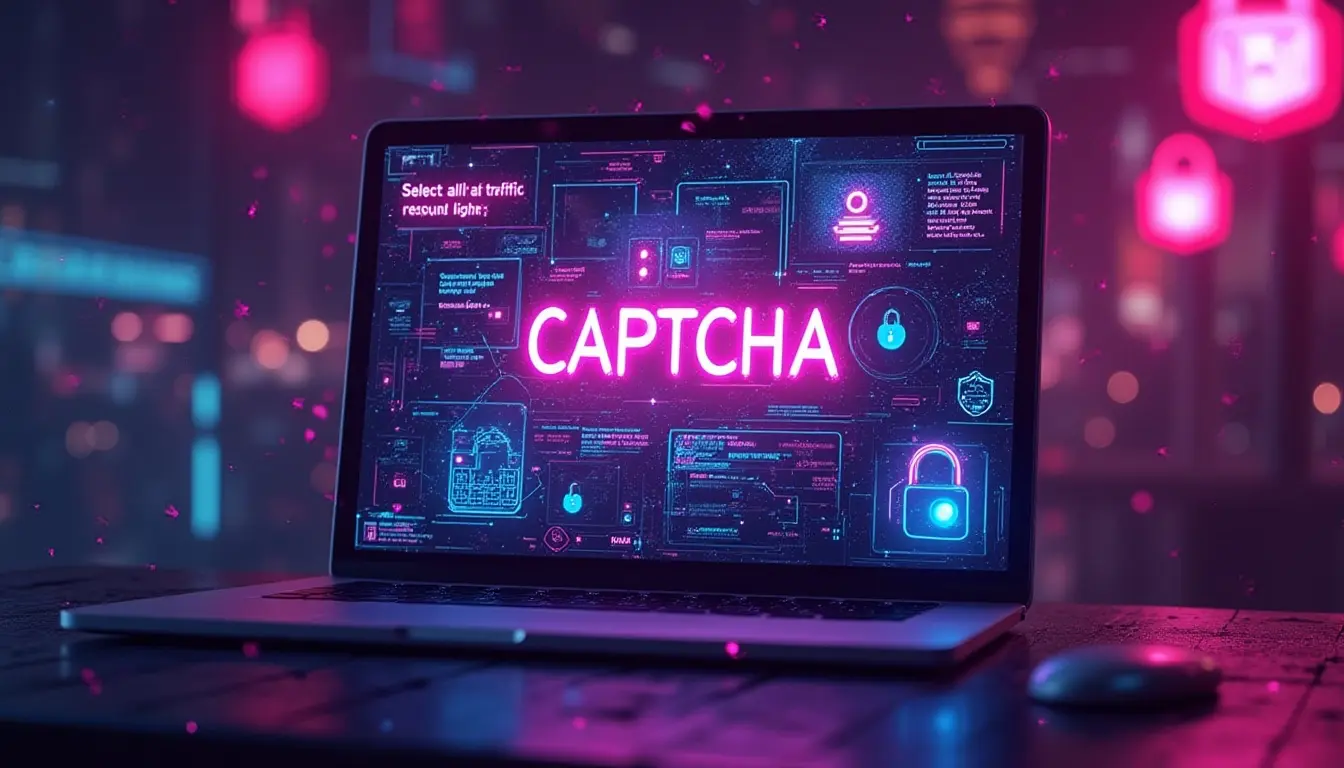CAPTCHA: The Digital Gatekeeper Separating Humans from Bots

Share
Table of contents:

Picture a bouncer at an exclusive club who can instantly distinguish between genuine guests and sophisticated imposters trying to sneak in. That's exactly what CAPTCHA (Completely Automated Public Turing test to tell Computers and Humans Apart) accomplishes for websites - serving as an intelligent security barrier that protects digital platforms from malicious bots while allowing legitimate human users seamless access.
This ingenious verification system leverages fundamental differences between human and machine cognition, creating challenges that feel effortless to people but remain frustratingly difficult for automated scripts. It's like having a digital doorman with superhuman pattern recognition skills.
Evolution from Simple Text to Intelligent Recognition
Traditional CAPTCHAs relied on distorted text that humans could decipher but computers struggled to interpret. Modern systems have evolved into sophisticated behavioral analysis platforms that invisibly assess user interactions without interrupting the browsing experience.
Essential CAPTCHA categories include:
- Text-based challenges - distorted characters requiring human visual interpretation
- Image recognition tasks - selecting specific objects from photo grids
- Audio alternatives - spoken content for visually impaired users
- Logic puzzles - simple mathematical or reasoning problems
- Behavioral analysis - invisible tracking of mouse movements and interaction patterns
These approaches work together like layers of security screening, each designed to exploit different aspects of human cognitive superiority over automated systems.
Advanced reCAPTCHA and Machine Learning Integration
Google's reCAPTCHA revolutionized bot detection by analyzing user behavior patterns rather than relying solely on challenge completion. Version 3 operates invisibly, scoring interactions based on mouse movements, typing patterns, and browsing behaviors that distinguish humans from bots.
Strategic Applications Across Digital Platforms
E-commerce websites deploy CAPTCHAs during checkout processes to prevent inventory hoarding by scalper bots during product launches. Social media platforms use them to combat fake account creation and spam distribution networks.
Financial institutions implement sophisticated CAPTCHA systems for login protection, preventing brute-force attacks on customer accounts, while government websites use them to secure sensitive form submissions and prevent automated data harvesting.
Ongoing Arms Race and Future Innovations
The continuous battle between CAPTCHA developers and bot creators drives rapid innovation in both offensive and defensive technologies. As AI becomes more sophisticated at solving traditional challenges, CAPTCHA systems evolve toward behavioral biometrics and advanced pattern recognition.
Future developments focus on seamless user experiences that maintain robust security, potentially incorporating biometric elements, device fingerprinting, and advanced machine learning models that can detect even sophisticated bot behaviors.











